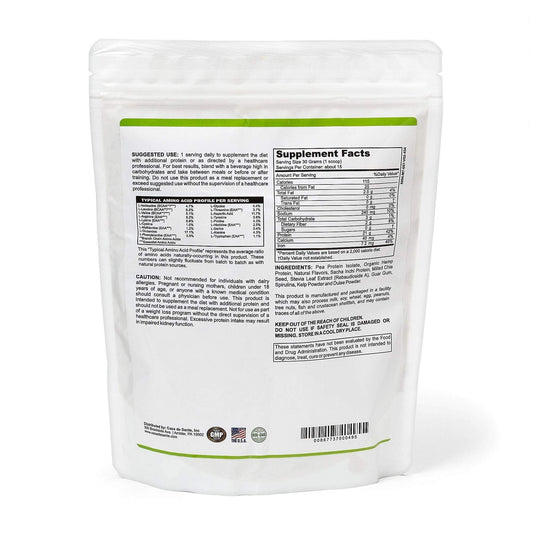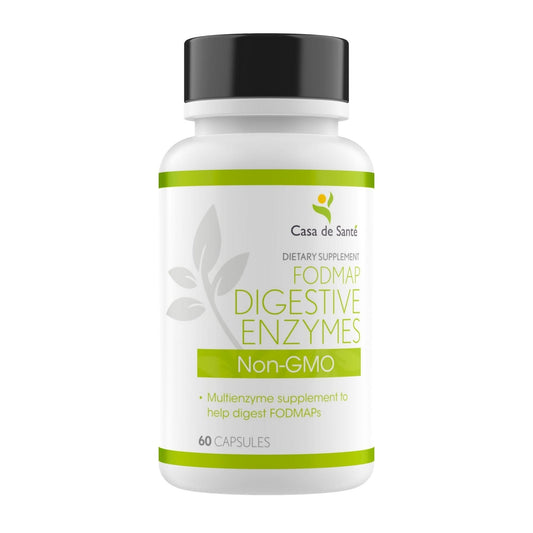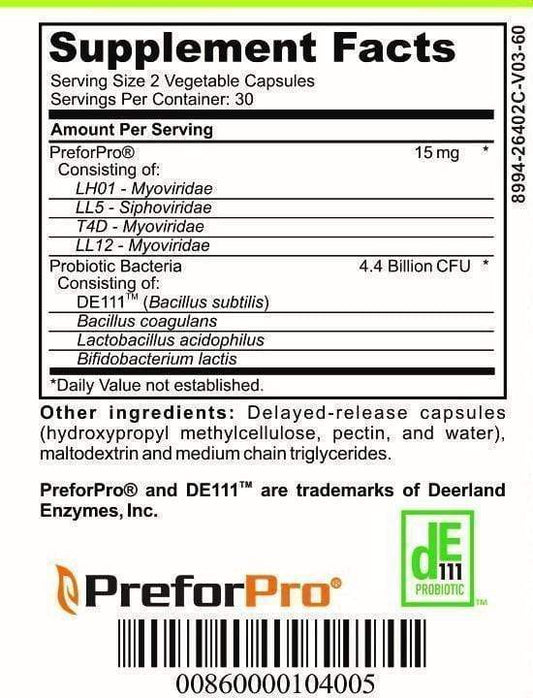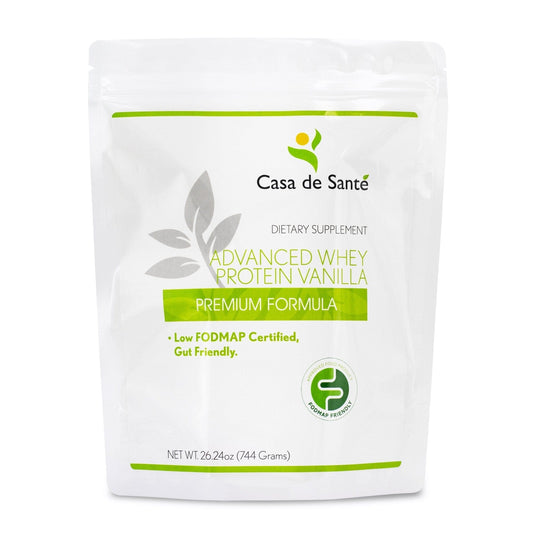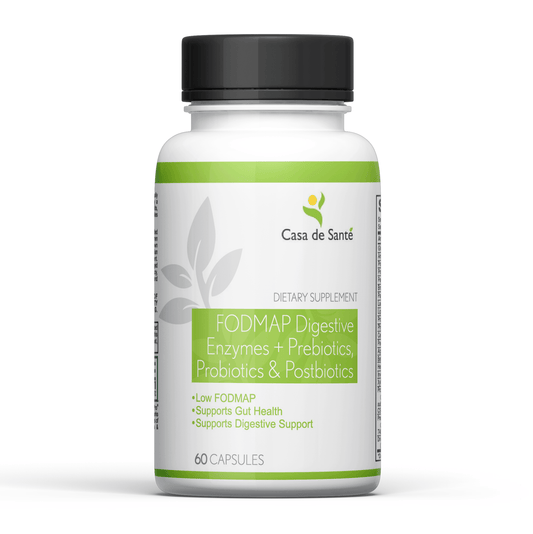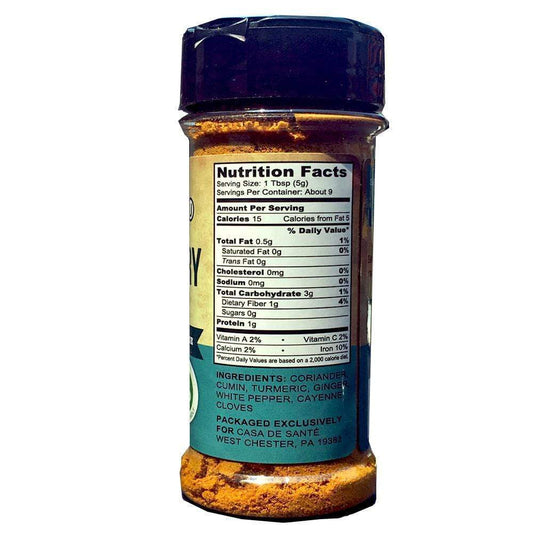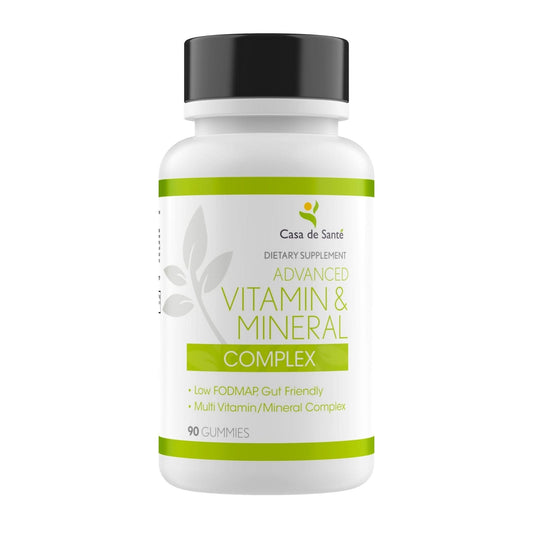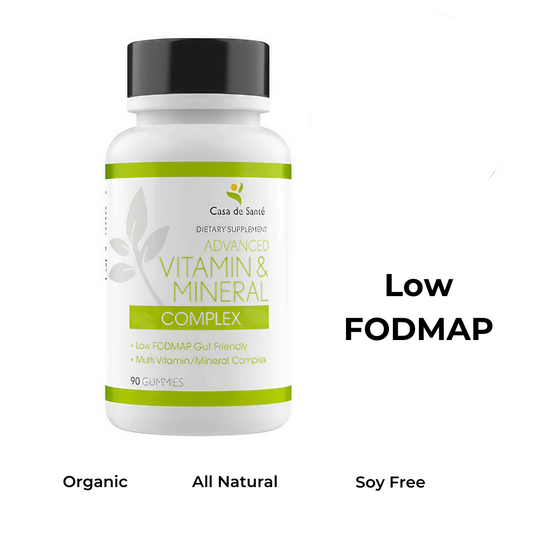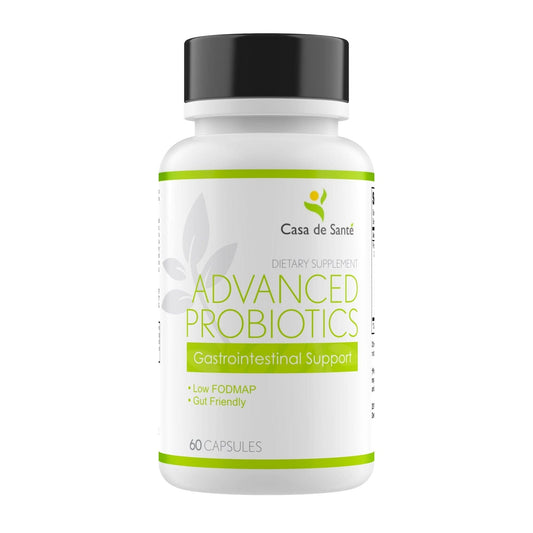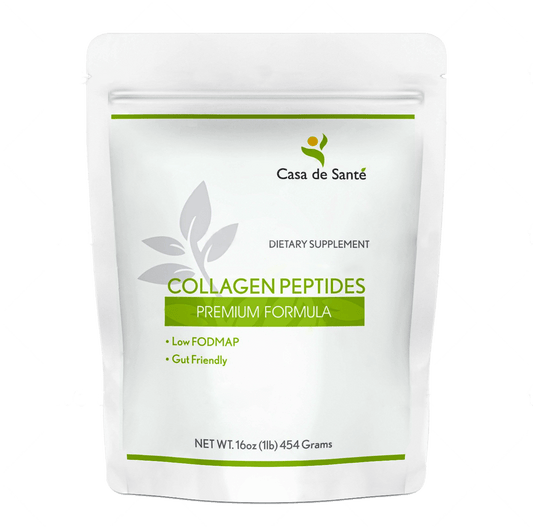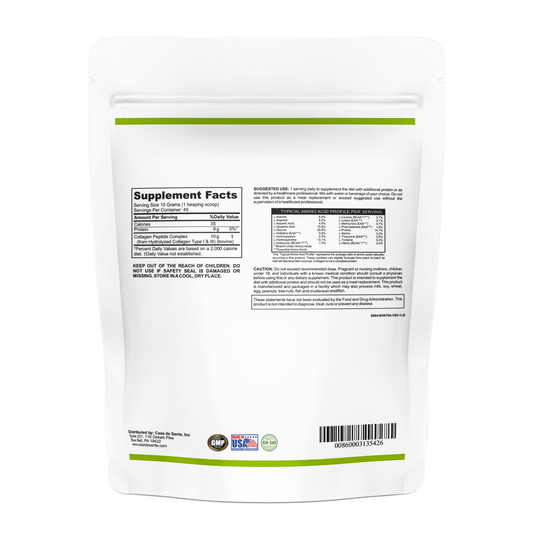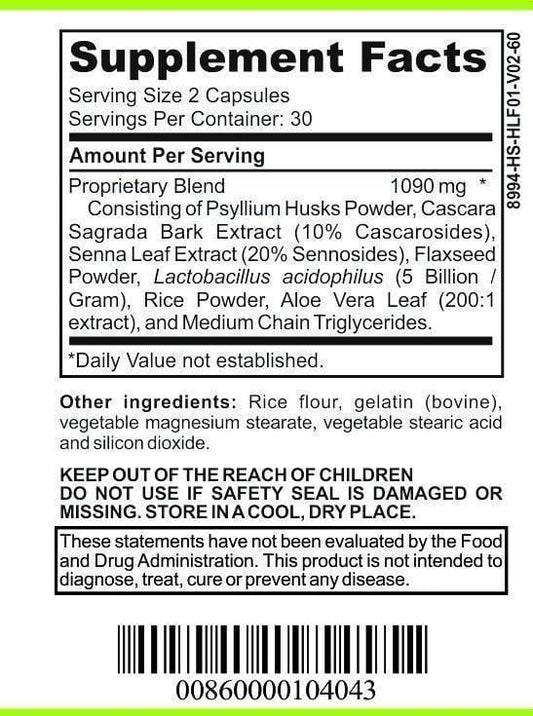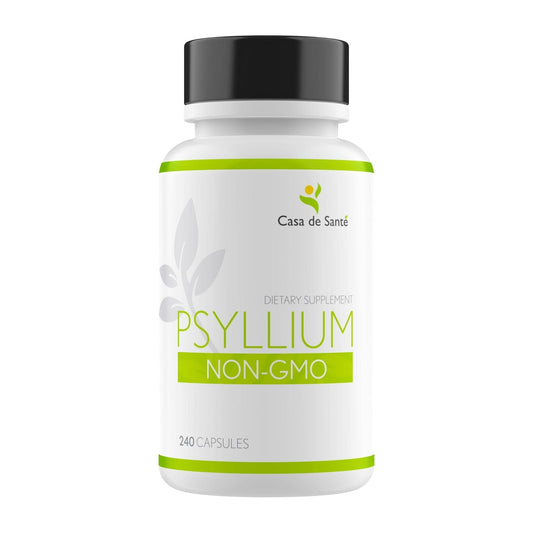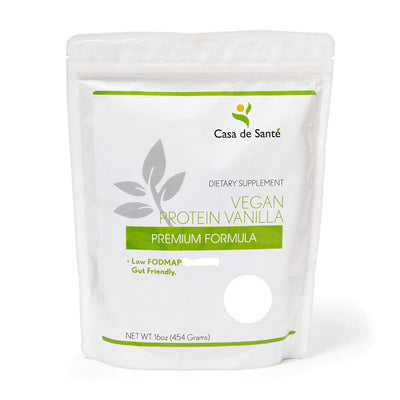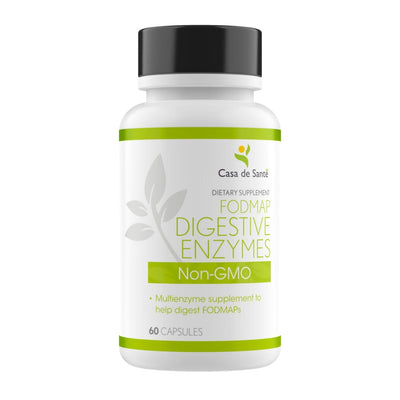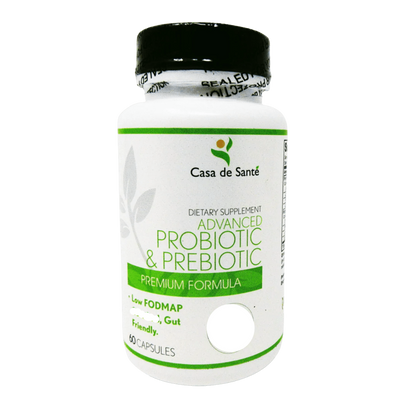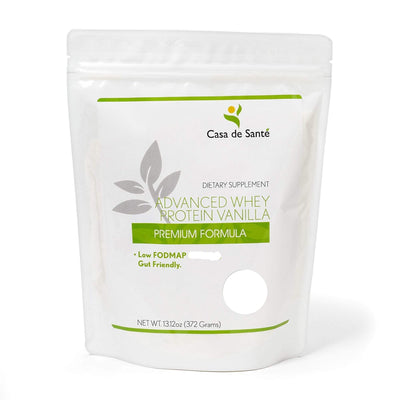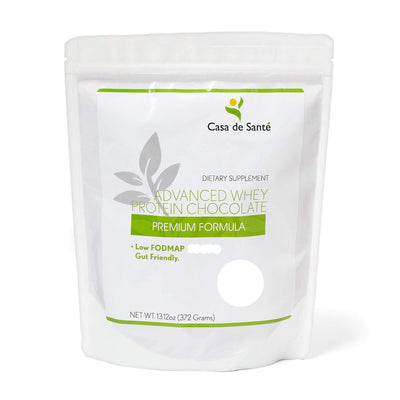Is Sweet Potato Starch High In Histamine
Is Sweet Potato Starch High In Histamine
Histamine intolerance is a condition that affects many individuals, causing a range of uncomfortable symptoms. For those with histamine intolerance, it is essential to be mindful of the foods they consume to avoid triggering a histamine response. Sweet potato starch is a popular ingredient in various dishes, but is it high in histamine? In this article, we will delve into the relationship between sweet potato starch and histamine, explore its nutritional profile, analyze the histamine content, and discuss dietary choices for individuals with histamine intolerance.
Understanding Histamine and Its Effects
Before we delve into the histamine content of sweet potato starch, let's first understand what histamine is and how it affects the body. Histamine is a chemical compound that plays a crucial role in our immune response. It is released by mast cells and acts as a neurotransmitter, regulating various physiological functions. While histamine is essential for our body's defense mechanism, it can also cause adverse reactions in some individuals.
When histamine levels exceed the body's tolerance level, it can lead to symptoms such as headaches, skin rashes, nasal congestion, digestive issues, and more. Individuals with histamine intolerance have difficulty breaking down histamine, resulting in an accumulation of the compound in their system.
What is Histamine?
Histamine is a naturally occurring compound found in foods and produced by our body. It is involved in various physiological functions, including regulating stomach acid, blood vessel dilation, neurotransmission, and even the sleep-wake cycle. Histamine is synthesized from the amino acid histidine by the enzyme histidine decarboxylase.
Within the body, histamine is stored in mast cells, which are primarily found in connective tissues, such as the skin, respiratory tract, and gastrointestinal tract. When mast cells are activated by an immune response or an allergic reaction, they release histamine into the surrounding tissues and bloodstream.
How Histamine Affects the Body
When histamine binds to its receptors, it can trigger a wide range of symptoms. Some common effects of histamine on the body include increased mucus production, blood vessel dilation, stimulation of gastric acid secretion, and activation of immune responses.
One of the key roles of histamine is its involvement in the inflammatory response. When there is tissue damage or an infection, histamine is released to dilate blood vessels, allowing immune cells to reach the affected area more efficiently. This increased blood flow can lead to redness, swelling, and warmth, which are typical signs of inflammation.
Beyond its role in inflammation, histamine also plays a vital role in regulating stomach acid production. It stimulates the release of gastric acid, which aids in the digestion of food. However, excessive histamine release can lead to an overproduction of stomach acid, resulting in conditions such as acid reflux or gastritis.
Furthermore, histamine can affect the respiratory system by increasing mucus production. This can lead to symptoms such as a runny or stuffy nose, sneezing, and coughing. In individuals with asthma, histamine can also trigger bronchoconstriction, causing difficulty in breathing.
Additionally, histamine is involved in neurotransmission, acting as a signaling molecule in the central nervous system. It helps regulate various brain functions, including wakefulness, appetite, and cognitive processes. Imbalances in histamine levels have been associated with sleep disorders, mood disorders, and cognitive impairments.
It is important to note that while histamine is necessary for normal physiological functions, some individuals may have a heightened sensitivity or intolerance to histamine. This can lead to histamine intolerance, where even small amounts of histamine can trigger adverse reactions. Common symptoms of histamine intolerance include headaches, hives, itching, digestive issues, and respiratory problems.
In conclusion, histamine is a vital compound involved in various physiological processes, including immune responses, digestion, inflammation, and neurotransmission. Understanding how histamine affects the body can help individuals with histamine intolerance manage their symptoms and make informed dietary choices.
The Nutritional Profile of Sweet Potato Starch
Now that we have a better understanding of histamine, let's explore the nutritional profile of sweet potato starch.
What is Sweet Potato Starch?
Sweet potato starch is derived from the starchy tubers of the sweet potato plant. It is commonly used as a thickening agent in cooking and baking. Sweet potato starch is gluten-free, making it a suitable alternative for individuals with gluten sensitivities or celiac disease.
But there's more to sweet potato starch than just its gluten-free nature. Let's dive deeper into its nutritional composition.
Key Nutrients in Sweet Potato Starch
Sweet potato starch is a good source of carbohydrates, providing energy to the body. It contains both simple and complex carbohydrates, which are essential for fueling various bodily functions. The presence of carbohydrates in sweet potato starch makes it an excellent choice for athletes or individuals with high energy requirements.
But that's not all. Sweet potato starch also boasts a significant amount of dietary fiber. Fiber plays a crucial role in maintaining a healthy digestive system. It aids in proper digestion, prevents constipation, and promotes a feeling of fullness after meals. Including sweet potato starch in your diet can help ensure a well-functioning digestive tract.
In addition to carbohydrates and fiber, sweet potato starch is packed with essential vitamins and minerals. One standout nutrient is vitamin A. Sweet potato starch is an excellent source of this vitamin, which is vital for maintaining healthy vision, supporting immune function, and promoting cell growth and development.
Moreover, sweet potato starch is rich in vitamin C, an antioxidant that helps protect the body against harmful free radicals. Vitamin C also plays a crucial role in collagen synthesis, which is essential for maintaining healthy skin, bones, and blood vessels.
Potassium, another key nutrient found in sweet potato starch, is essential for maintaining proper fluid balance, regulating blood pressure, and supporting nerve and muscle function. Including sweet potato starch in your diet can help ensure an adequate intake of this important mineral.
Lastly, sweet potato starch contains manganese, a trace mineral that plays a vital role in bone health, metabolism, and antioxidant defense. Manganese is involved in various enzymatic reactions in the body and is necessary for the proper functioning of several physiological processes.
So, as you can see, sweet potato starch is not only a gluten-free thickening agent but also a nutritional powerhouse. Its combination of carbohydrates, fiber, vitamins, and minerals makes it a valuable addition to a well-balanced diet.
Histamine Content in Various Foods
When it comes to managing histamine intolerance, being aware of the histamine content in different foods is crucial. Let's explore which foods are high in histamine and which are low in histamine.
Histamine intolerance is a condition that occurs when there is an imbalance between the histamine levels in the body and the ability to break it down. This can lead to a variety of symptoms such as headaches, hives, nasal congestion, and digestive issues. By understanding the histamine content in various foods, individuals with histamine intolerance can make informed choices about their diet to minimize symptoms.
High-Histamine Foods
Some foods have naturally high levels of histamine or can trigger the release of histamine. These include aged cheeses, processed meats, fermented foods, alcoholic beverages, and certain fruits and vegetables like tomatoes and strawberries.
Aged cheeses, such as blue cheese and Parmesan, are known to contain high levels of histamine. The longer the cheese is aged, the higher the histamine content. Similarly, processed meats like sausages, salami, and hot dogs can also be problematic for individuals with histamine intolerance. These meats often undergo fermentation or curing processes, which can increase histamine levels.
Fermented foods like sauerkraut, kimchi, and pickles are popular in many cuisines but can be a source of high histamine levels. The fermentation process involved in making these foods promotes the growth of bacteria that produce histamine. Alcoholic beverages, particularly wine and beer, are also known to contain histamine. Red wine, in particular, has higher levels of histamine compared to white wine.
Some fruits and vegetables, despite being nutritious, can also be high in histamine. Tomatoes and strawberries, for example, are known to contain histamine. These fruits are commonly used in various dishes and can be challenging for individuals with histamine intolerance to avoid.
Low-Histamine Foods
On the other hand, there are foods that are considered low in histamine. These include fresh meats, most vegetables, grains, dairy substitutes like coconut milk, and certain fruits like apples and pears.
Fresh meats, such as chicken, turkey, and fish, are generally low in histamine. It is important to ensure that these meats are fresh and properly stored to prevent histamine formation. Most vegetables, including leafy greens, carrots, and broccoli, are safe options for individuals with histamine intolerance. These vegetables not only provide essential nutrients but also add variety to the diet.
Grains like rice, quinoa, and oats are considered low in histamine and can be included in a histamine-friendly diet. Dairy substitutes like coconut milk, almond milk, and rice milk are suitable alternatives for individuals who need to avoid dairy products due to histamine intolerance. Additionally, certain fruits like apples and pears are generally well-tolerated by individuals with histamine intolerance.
It is important to note that individual tolerance to histamine can vary, and what may be well-tolerated by one person may trigger symptoms in another. Keeping a food diary and monitoring symptoms can help identify specific triggers and tailor the diet accordingly.
Analyzing the Histamine Level in Sweet Potato Starch
Now, let's delve into whether sweet potato starch is high in histamine and its potential impact on individuals with histamine intolerance.
Research on Sweet Potato Starch and Histamine
Currently, there is limited scientific research specifically analyzing the histamine content of sweet potato starch. However, sweet potatoes themselves are generally considered low in histamine, and it is likely that this applies to sweet potato starch as well.
Interpreting the Findings
Based on the available information, it can be inferred that sweet potato starch is unlikely to be high in histamine. However, it is always advisable for individuals with histamine intolerance to listen to their body's response and monitor their symptoms when consuming sweet potato starch or any other food.
Dietary Choices for People with Histamine Intolerance
Individuals with histamine intolerance can make specific dietary choices to manage their symptoms effectively. Let's explore the foods they should avoid and include in their diet.
Foods to Avoid
For individuals with histamine intolerance, it is best to avoid high-histamine foods such as aged cheeses, processed meats, fermented foods, alcoholic beverages, and certain fruits and vegetables. Additionally, it may be necessary to limit the intake of histamine-releasing foods, including citrus fruits, chocolate, and certain spices.
Foods to Include
Fortunately, there are plenty of foods that individuals with histamine intolerance can enjoy. These include fresh meats, most vegetables, gluten-free grains, dairy substitutes like coconut milk, and low-histamine fruits such as apples and pears. It is also beneficial to incorporate anti-inflammatory foods, such as ginger and turmeric, into the diet.
In conclusion, while there is limited research specifically on the histamine content of sweet potato starch, it is generally considered to be low in histamine. However, everyone's response to histamine-containing foods can vary, so individuals with histamine intolerance should listen to their bodies and monitor their symptoms. By being mindful of their dietary choices and opting for low-histamine options, individuals with histamine intolerance can enjoy a well-rounded and nourishing diet.


